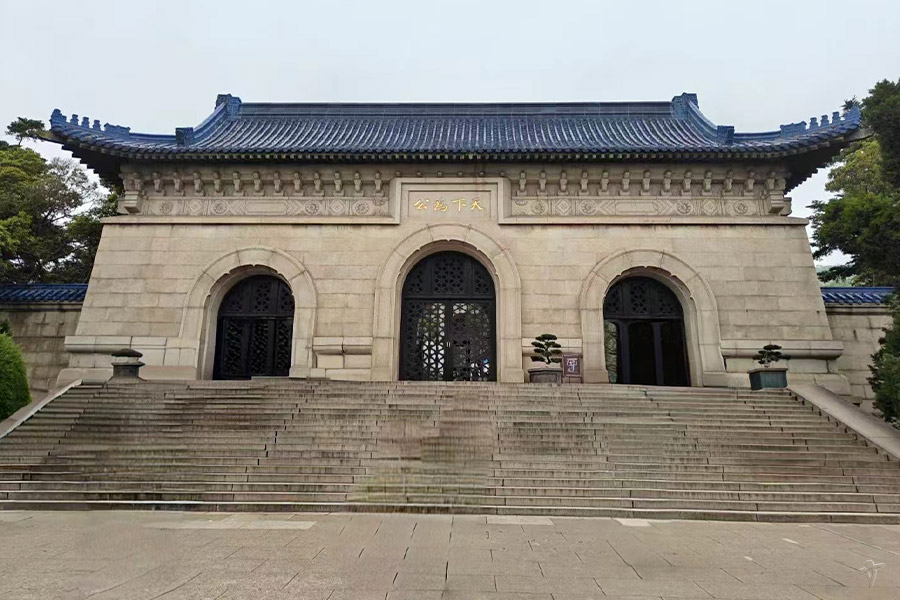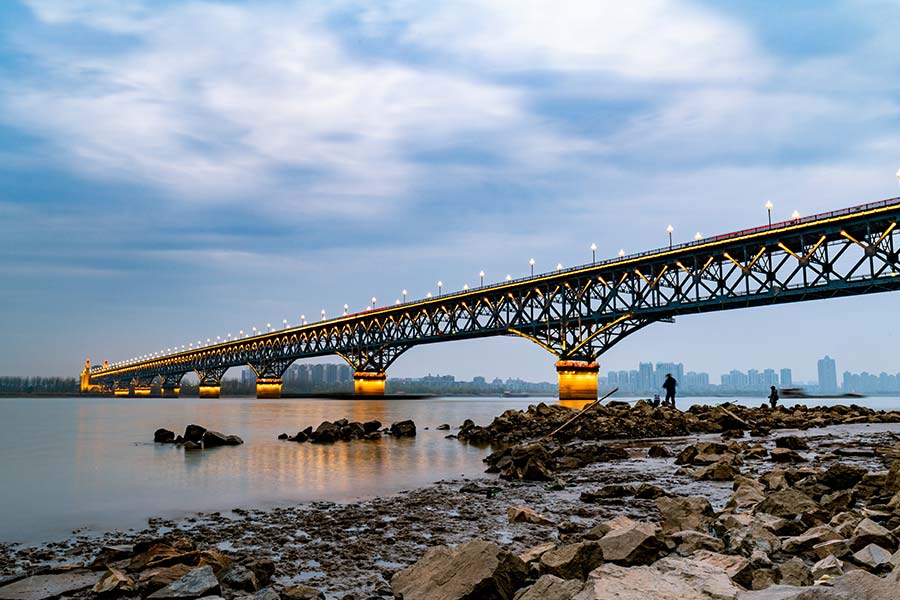Confucius Temple ( Fuzimiao )

Chinese name: 夫子庙
Location: Gongyuan Street, Nanjing.
Entrance fee: CNY 15 for Dacheng Hall and CNY 40 for access to all four of the temple's attractions.
Opening time: 08:00-21:00.
Best time for visit: The temple can be visited throughout the year although the winter months are particularly cold whereas the summer months are usually more crowded with tourists. Despite the cold winter, there is a notable festival held on the temple's grounds during the first month of the lunar year called the Jinliang Latern Fair which makes for an ideal time to visit.
How to get there:
-Bus: You can take Public Bus No. 1, 4, 7, 15, 40, 44, 49, 62, and 304 as well as Tourism Bus No. 2 to the Fuzimiao stop at the temple.
-Subway: The closest subway station to the temple is Sanshan Street which can be reached via Subway Line 1.
Confucius: A Brief Introduction
The temple was constructed in order to worship a man named Confucius, one of ancient great minds of China's Spring and Autumn Period (771-476 B.C.) who is remembered and revered for his social philosophy. Confucius personally espoused social virtues such as sincerity, righteousness, personal and governmental ethics, and the importance of social relationships. In time, his collected thoughts gained a following as they were inherently compatible with traditional Chinese values rooted in the concepts of filial piety, proper social hierarchy, and respect for one's ancestors. Confucius' teachings eventually culminated into a philosophical system, known as Confucianism in the West, which has since become an inseparable facet of China as well as East Asia's cultural fabric. The impressive Confucius Temple in Nanjing is but one of the many shrines that have been constructed in East Asia in dedication to the ancient sage.
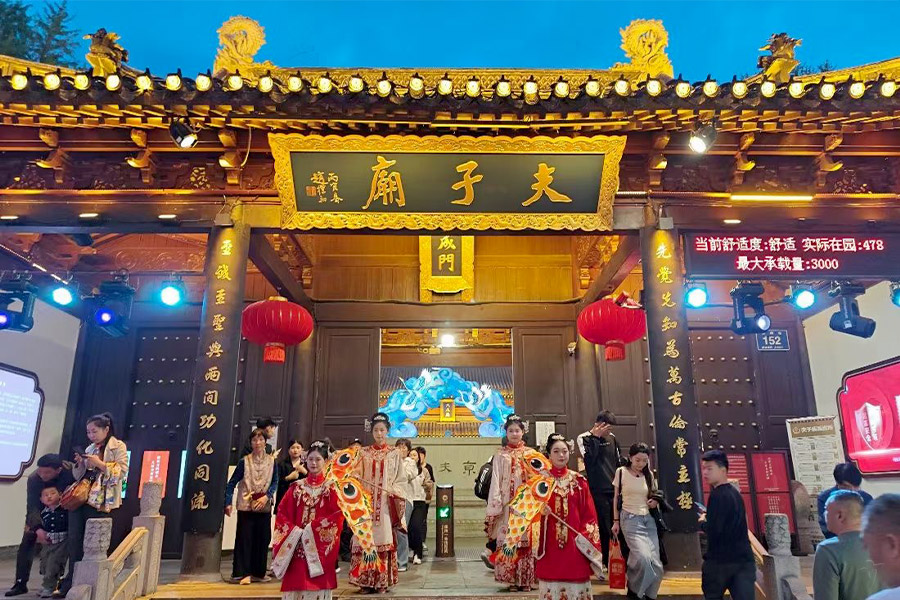
Temple History
The Confucius Temple in Nanjing was initially built in the year 1034 A.D. during the middle of the Song Dynasty (960-1279). Experiencing various degrees of destruction through the ages, especially at the hands of Japanese soldiers during World War II, the temple has undergone a series of renovations in order to maintain its ancient structure. Its latest incarnation was constructed by the local government in 1984 when it grew to become a more expansive complex with an appearance resembling the architecture characterized by the Ming (1368-1644) and Qing (1644-1911) Dynasties. In the present day, the temple grounds include the Xue Gong (Imperial Academy) and Jiangnan Gongyuan (the original center where the imperial examination was administered) in addition to the actual Confucius Temple in which the entire complex is now named after.
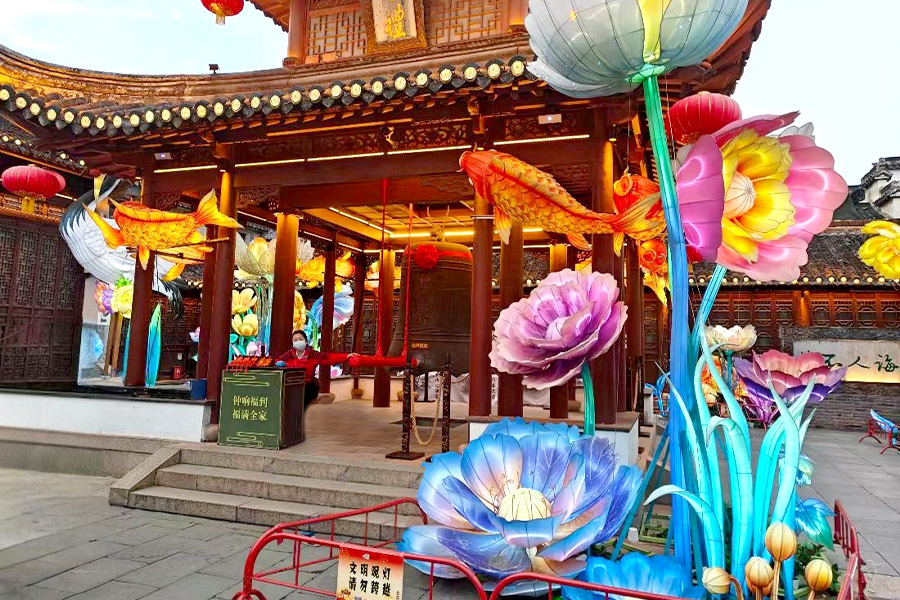
A Walk through the Temple Grounds
When you arrive at the Nanjing Confucius Temple, you'll undoubtedly see the Qin Huai River which is considered the companion pool of the grand architecture before you. Upon it, float charming, antique drawing boats that pleasantly complement the surrounding traditional residential houses and the temple complex. The south bank of the river features one of the three remaining screen walls in Nanjing City. At 110-meters-long, (150 yards), the temple's red screened and green paneled wall is also the longest of any other in the entire country. From there, you will find the majestically arched entrance to the temple, entitled "Tian Xia Wen Shu" that will lead you onto the temple grounds.
Of all of the temple's attractions, Dacheng Hall, or the Hall of Great Achievement, is considered the focal point and was originally used as for sacrificial ceremonies. The hall's perimeter is lined with beautifully carved stone walls with a copper furnace placed in each corner. What's more, its inner chambers are particularly worth viewing as they house China's largest statue of Confucius as well as a magnificent display of gold, jade, and silver panels depicting the ancient philosopher's life. A smaller, but no less captivating, bronze statue of Confucius is found directly outside of Dacheng Hall which is accompanied by marble statues of his eight disciples.
After touring the other temple buildings such as the Blue Cloud Tower and Virtue Hall, it's also worth going to the other areas of the complex that were not originally part of the Confucius shrine. The Jiangnan Gongyuan and Xue Gong offer historical perspective on the importance of the civil service examination that was instrumental in selecting government officials in Imperial China. Also built during the Song Dynasty, the testing center and academy eventually grew to become the largest in the land containing over 20,000 testing cells used by candidates seeking government positions and social prestige. Furthermore, visitors may now try their luck on a simulated exam available in the museum detailing the rigorous and fascinating imperial testing process that proved to be decisive in Chinese civil society for centuries.
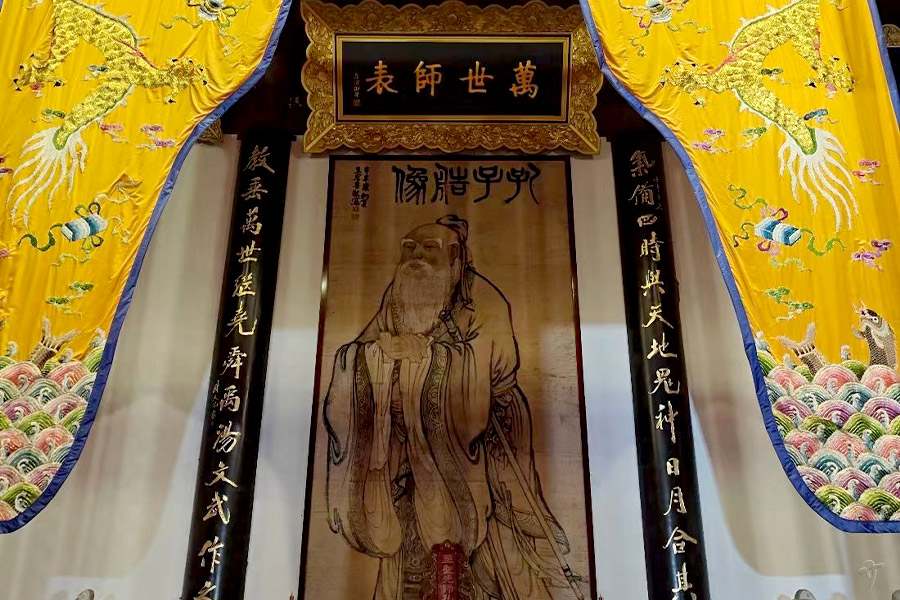
Beyond the Complex
A variety of shops and restaurants are located outside the Nanjing Confucius Temple. Indeed, some of the best cultural sampling the city has to offer can be found right on Gongyuan Street, just beyond the complex walls, which includes drinks at traditional tea houses and wine shops, handicrafts and flowers at the markets, and an array of local snacks of varying flavors at the many stands and stores. Moreover, this area of the city is especially scenic in the evenings when the colorful lights from the temple and market street reflect on the river making for a spectacular backdrop for a cultural outing in the historic district with your friends and family.
Quick Questions
Our team is waiting for your questions. Please feel free to ask us any questions you might have about our China package tours, Chinese culture, or the sites available. We will gladly help you with any special needs you might have and all questions, like our trip designing is completely free of charge.



